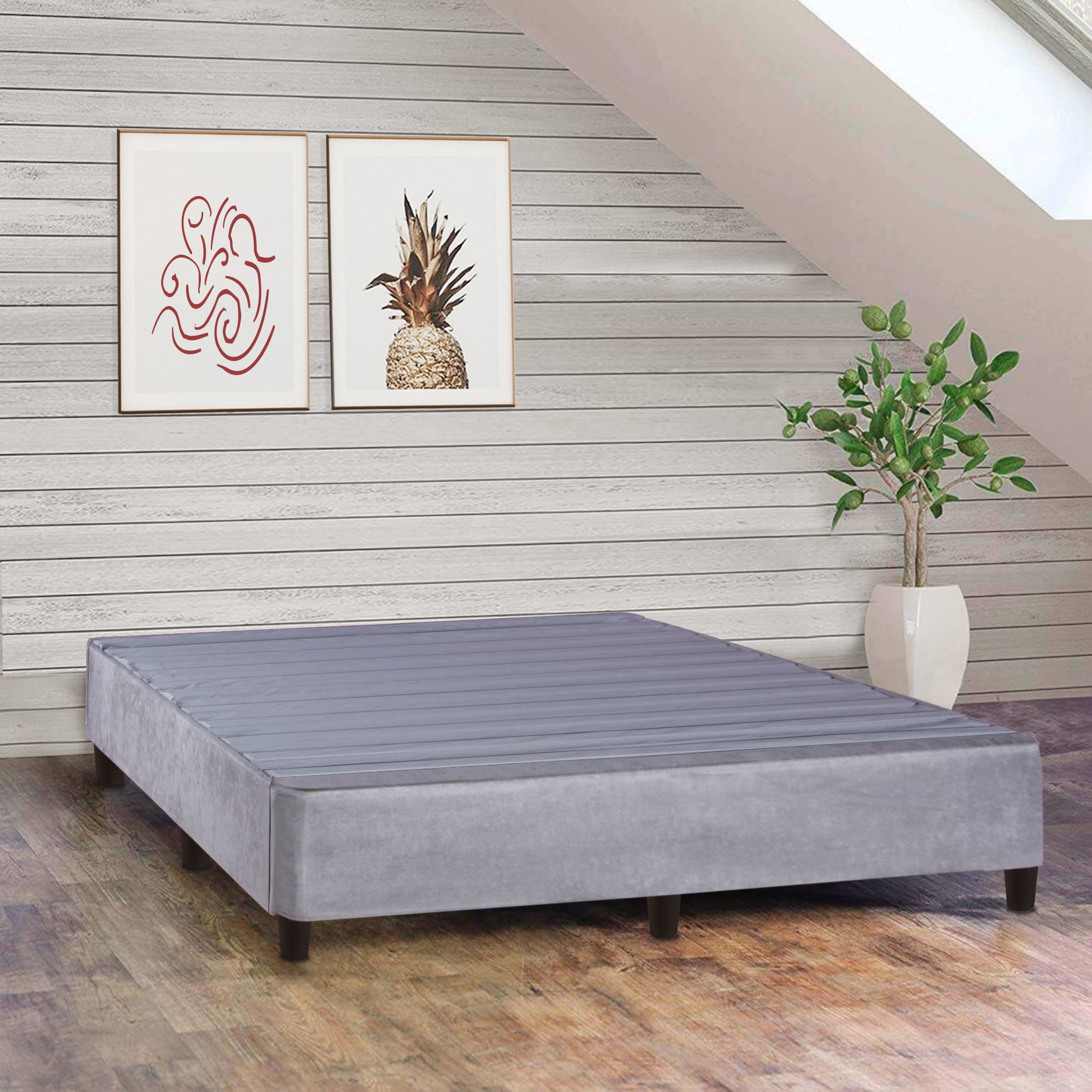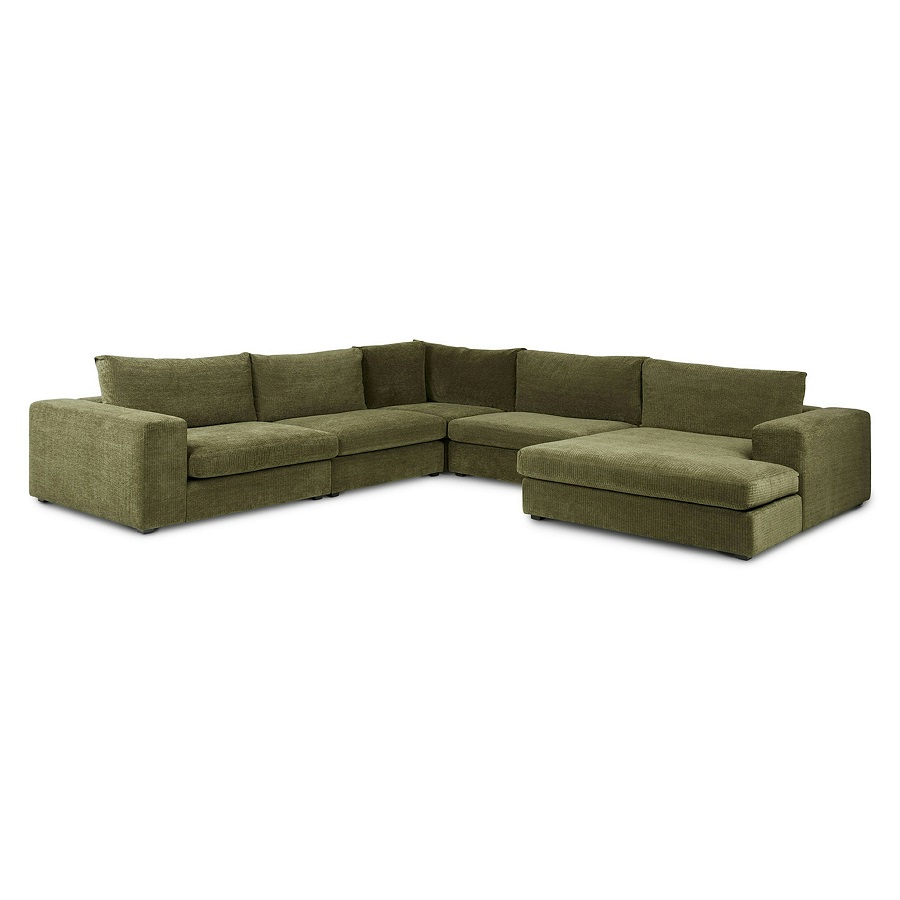Introduction: The Mattress Industry’s Unrest
In the realm of home furnishings, few names resonate as universally as Ikea, the Swedish giant known for its affordable and stylish designs. Among their vast product offerings, mattresses have been a staple, promising comfort and affordability to millions worldwide. However, recent years have seen a surge in consumer concerns surrounding the use of fiberglass in Ikea mattresses, sparking debates, confusion, and a wave of misinformation. This article delves into the heart of these concerns, separating fact from fiction, and offering a balanced perspective on the issue.
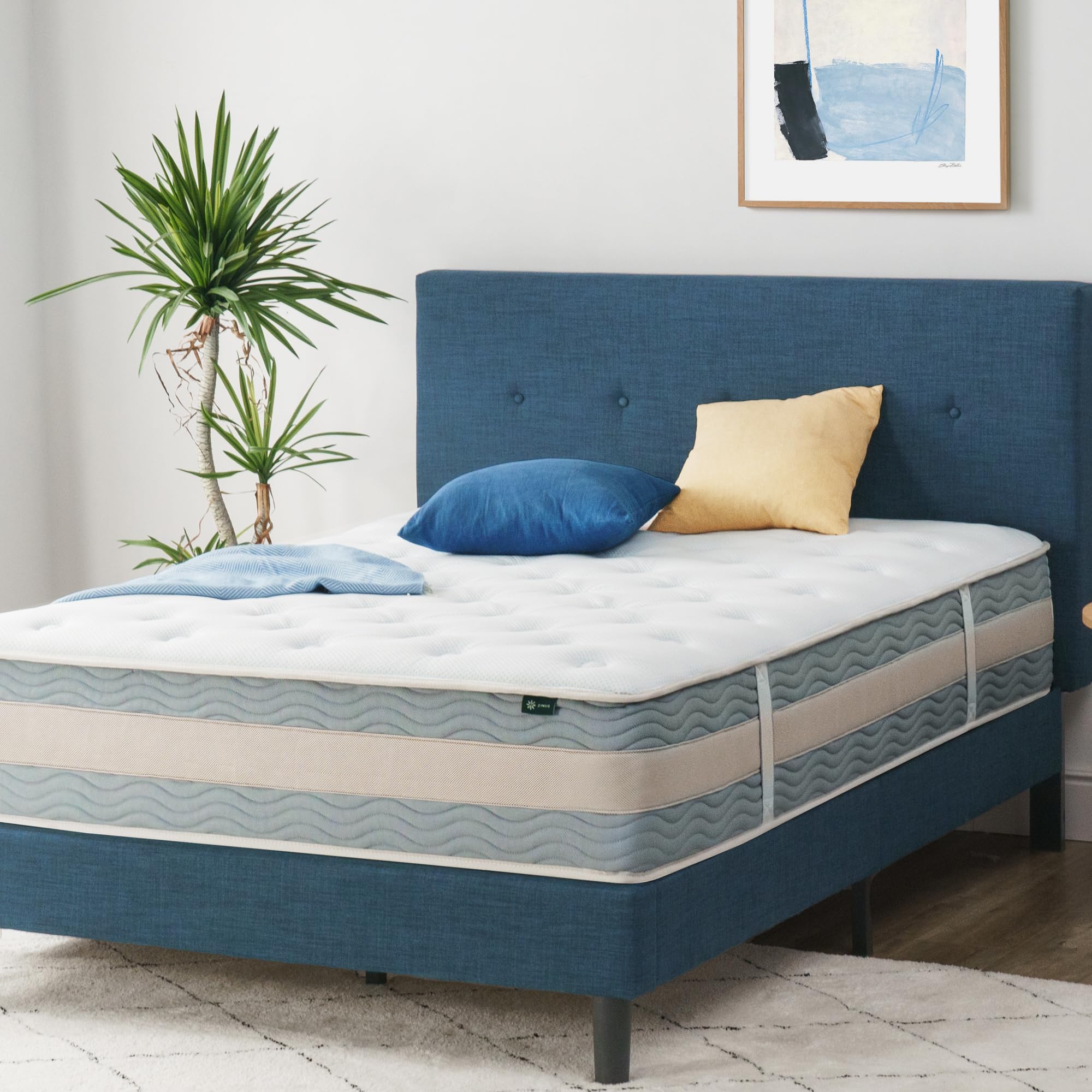
Understanding Fiberglass in Mattress Construction: A Primer
Fiberglass is a type of reinforced plastic composed of extremely fine glass fibers. It’s widely used across industries for its strength, durability, and heat resistance. In the context of mattresses, fiberglass is sometimes incorporated as a flame retardant barrier, mandated by safety regulations in various countries to slow down or prevent fires. This practice is not unique to Ikea; numerous manufacturers utilize similar materials to comply with these standards. Contrary to some misconceptions, the use of such materials isn’t inherently malicious but stems from a need to ensure consumer safety.
The Origins of Concern: Reports and Reactions
Rumors about Ikea mattresses containing potentially hazardous levels of fiberglass began circulating when customers reported finding glass fibers in their bedding or experiencing skin irritations after removing the outer cover of their mattress. These anecdotes quickly spread through social media and online forums, fueling public anxiety. Some consumers alleged that inadequate labeling regarding the presence of fiberglass or insufficient warnings about handling the product led to unexpected exposures. These claims underscore the importance of clear communication between manufacturers and consumers regarding product composition and safe handling practices.
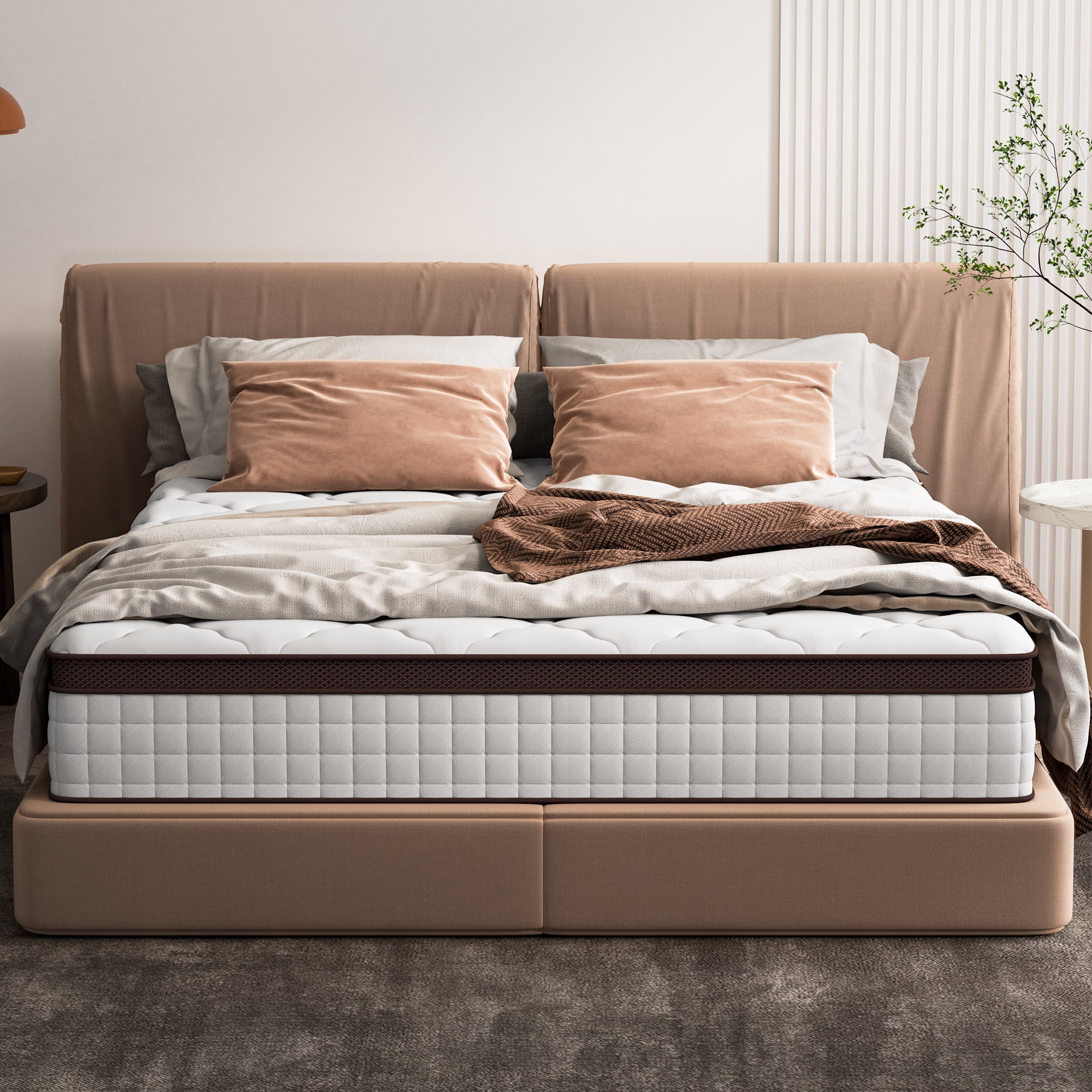
Fact-Checking Health Risks: Science Weighs In
Central to the controversy are concerns over the health implications of fiberglass exposure. It’s crucial to note that while direct contact with loose fiberglass strands can cause skin irritation, itching, and in rare cases, respiratory issues if inhaled, long-term health effects are typically associated with occupational exposure over extended periods. The risk for an average consumer is significantly lower. According to the World Health Organization (WHO) and other health authorities, brief exposures to fiberglass do not pose a significant health threat when proper precautions are taken, such as wearing protective gear during handling or cleaning.
Misconceptions Debunked: Separating Myth from Reality
One prevalent myth surrounding Ikea mattresses is that they universally contain dangerous levels of fiberglass. In reality, only certain models utilize a fiberglass layer as a flame retardant, and this information is typically disclosed in the product specifications or packaging. Another misconception involves the belief that any exposure to fiberglass automatically leads to severe health complications. As discussed earlier, the risks are manageable with appropriate precautions and do not equate to long-term health hazards for most individuals.
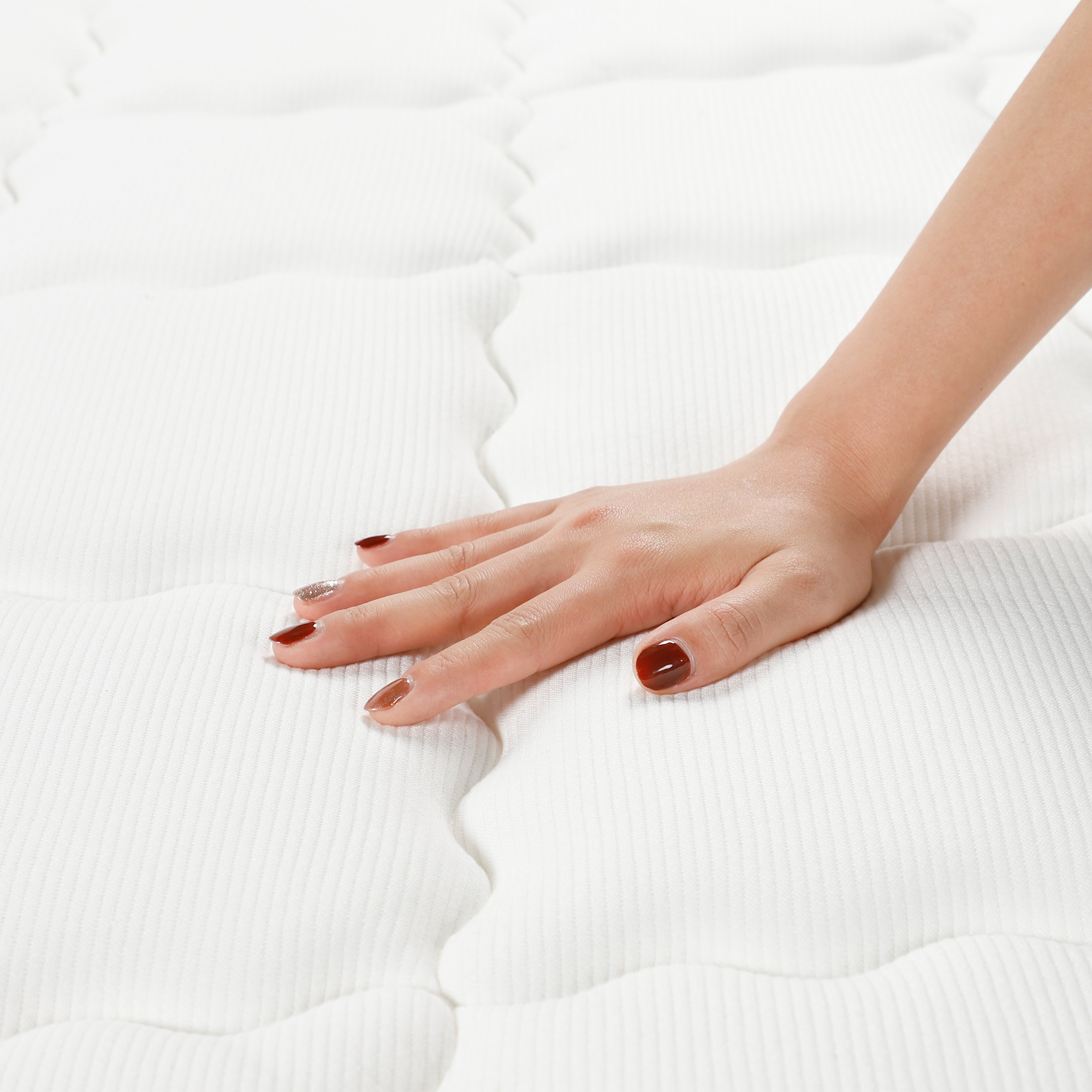
Ikea’s Response and Responsibility
Acknowledging customer concerns, Ikea has taken steps to address the issue head-on. This includes providing clearer instructions on the safe handling of products containing fiberglass, enhancing product labeling, and in some cases, exploring alternative flame retardant technologies. Ikea’s commitment to continuous improvement reflects a responsible approach to consumer safety and satisfaction. However, it’s also important for consumers to take personal responsibility by thoroughly reading product information before purchase and adhering to care instructions post-purchase.
Alternative Flame Retardants and the Quest for Safer Solutions
Recognizing the unease around fiberglass, many manufacturers, including Ikea, are researching and implementing alternative flame retardant materials. Natural materials like wool and rayon treated with silica or intumescent chemicals are gaining popularity due to their reduced environmental impact and improved safety profiles. While these alternatives come with their own set of considerations, they illustrate the industry’s movement towards more consumer-friendly and eco-conscious manufacturing practices.

Consumer Empowerment and Informed Decision Making
At the core of this discussion lies the importance of consumer education and empowerment. Understanding the materials used in our products and their potential implications empowers us to make informed choices. Consumers should actively seek out product information, read reviews, and engage with customer service to clarify any doubts before making a purchase. Additionally, advocating for increased transparency and responsible manufacturing practices can drive positive change across the industry.
The Mattress Industry Evolution: A Shift Towards Transparency and Sustainability
In recent years, the mattress industry has witnessed a significant transformation, driven not only by technological advancements but also by a growing consumer demand for transparency and sustainability. The conversation sparked by concerns around specific materials, such as fiberglass in some Ikea mattresses, has led to a broader reassessment of production methods and materials across the sector.

Transparency: A Cornerstone of Trust
Recognizing the power of informed consumers, leading mattress companies are now prioritizing transparency in their manufacturing processes and ingredient lists. This includes disclosing detailed information about the materials used, their source, and any potential health or environmental impacts. Brands are leveraging their websites, product labels, and even third-party certifications to provide customers with comprehensive data needed to make educated decisions.
Sustainable Materials and Eco-Innovations
As part of this shift, there’s been a surge in the use of sustainable and natural materials in mattress construction. Organic cotton, natural latex, plant-based memory foam, and recycled steel for coils are just a few examples of eco-friendly alternatives being incorporated into modern mattress designs. These materials aim to minimize environmental footprints without compromising comfort or durability.
Chemical-Free and Low-Toxicity Options
With heightened awareness about chemical sensitivity and environmental health, manufacturers are actively seeking out and developing low-toxicity and chemical-free flame retardant solutions. This move aligns with the larger trend of reducing exposure to potentially harmful substances in household items, thereby catering to a market segment that prioritizes health and wellness.
The discourse surrounding Ikea mattresses and fiberglass use underscores the complexity of balancing safety requirements with consumer preferences and concerns. By dissecting the facts from the myths, it becomes evident that while there are legitimate points to consider, the narrative is often clouded by misinformation. As consumers, it’s vital to arm ourselves with accurate knowledge, demand transparency, and adopt a cautious yet rational approach when navigating the world of mattresses and beyond. With ongoing advancements in materials science and a commitment from manufacturers to listen and adapt, the path towards safer, more transparent bedding solutions seems well within reach.






